Year published :January 2024
Pages :104 pp.,
Size :15 x 23 cm.
Color illustrations :15 images
Black & White illustrations :21 images
ISBN: 9786162152054
Tai Herbalism
by Susan ConwayThere is a saying among minority people, “To annihilate my culture and identity, you must first destroy my language and writing.” Through intentional political policy or simple ignorance and neglect, minorities worldwide remain at risk of losing or have already lost their languages and unique forms of writing. This loss is a catastrophe, but issues of culture and identity do not always attract attention. That is why this book is essential.
The book is based on a translation of an early nineteenth-century manuscript written in an old Shan script in danger of extinction. At most, only a handful of older adults in Burma (Myanmar) can read it. The author achieved a translation with the help of monks and lay people living in remote villages and monasteries. It reads like a detective novel.
Highlighting and publishing a translation of an endangered script is not the only reason this book is essential. It provides a fascinating insight into how diseases of the mind and body were treated in early nineteenth-century Burma. Shan herbal remedies were part of the treatment. Chants, spells, and rituals, part of a Shan magico-religious belief system, were administered at the same time. Before treatment, patients were assessed according to astrological and cosmological philosophy.
The book reveals the flora and fauna present in nineteenth-century Shan forests. It was a rich and diverse environment. A medicinal index is provided, listing plants and animal parts used to make medicines. Since the time the manuscript was written, forests have been destroyed, and animals and plants are now extinct or in danger of extinction. The book provides a record of what was living in the woods nearly two hundred years ago in the hope that conservationists may one day be able to restore it to its former beauty.
About the Author
Susan Conway is an author specializing in the arts and culture of Southeast Asia, particularly Thailand, and Burma (Myanmar). Susan studied fine art as an undergraduate, and her Ph.D. was a study of the history and culture of Lanna (northern Thailand). More recently, she became fascinated with healing practices and the magico-religious power of chants, spells, and rituals. She is an artist whose work is based on Thailand’s landscapes and murals paintings.
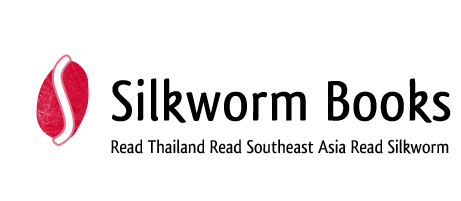
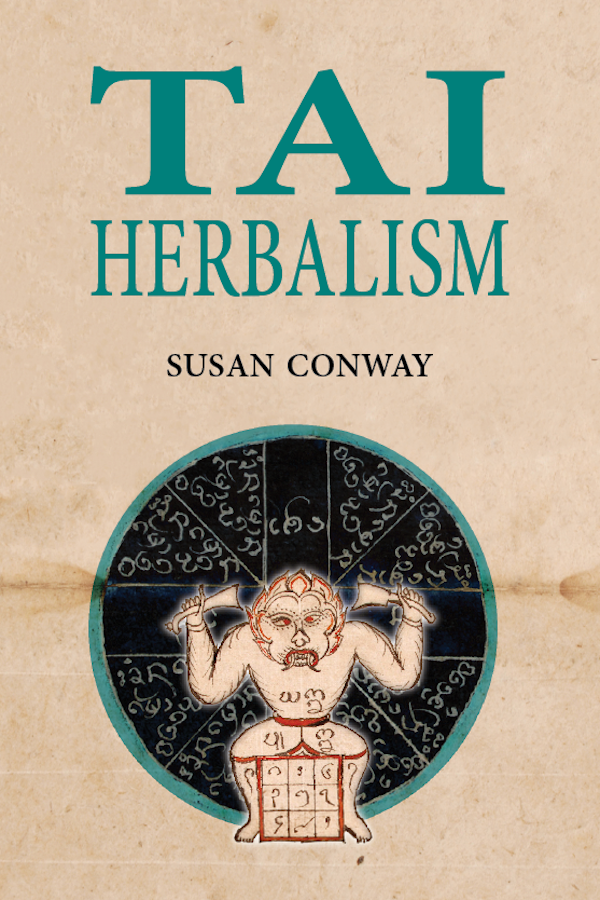








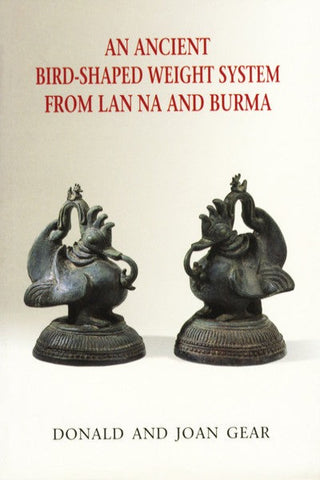
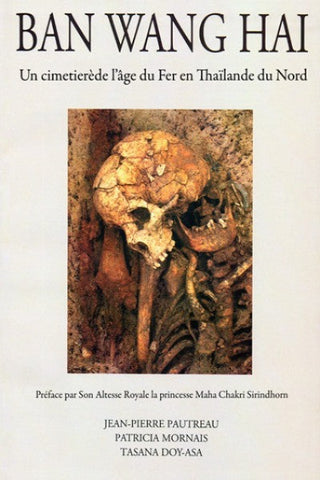
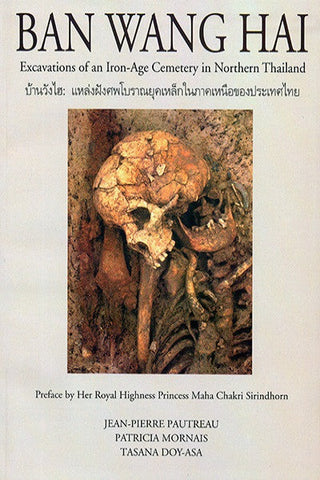
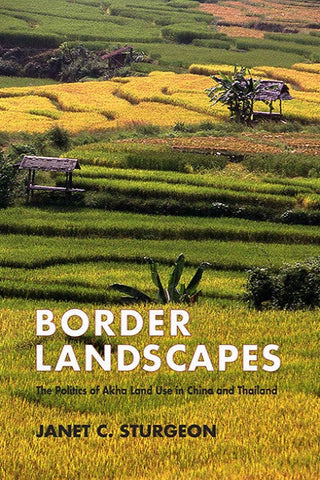
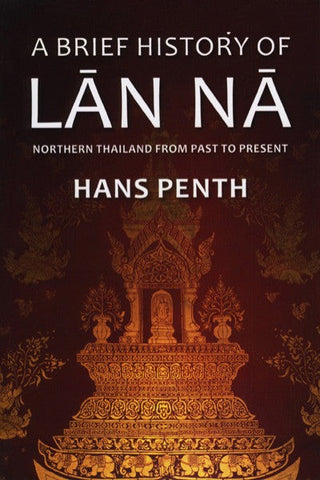
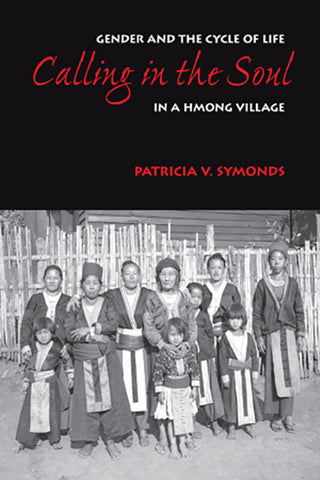
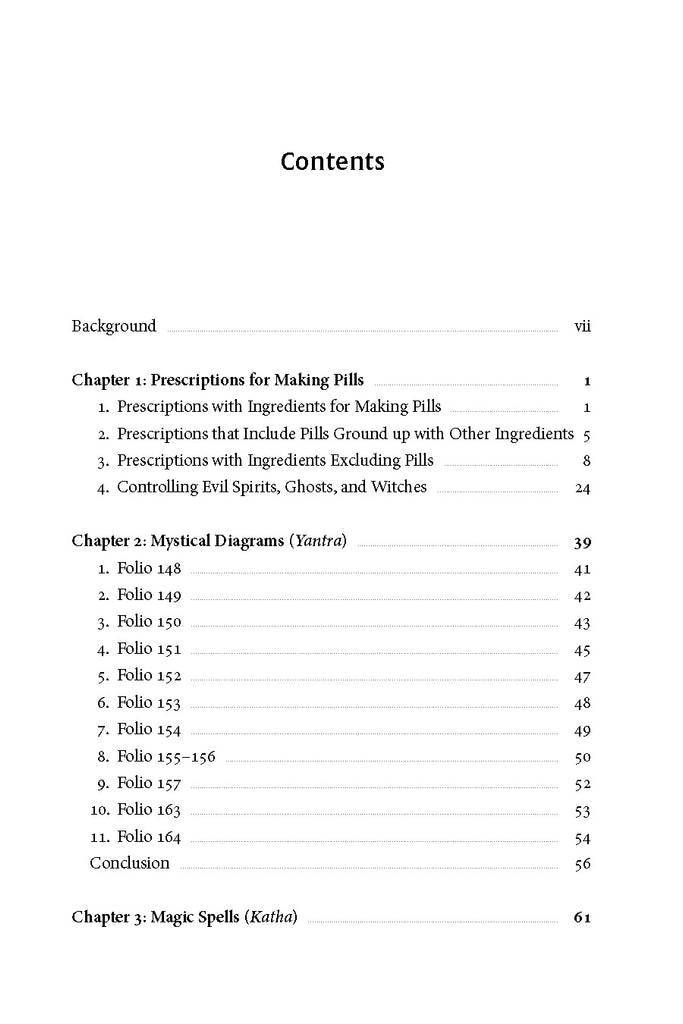
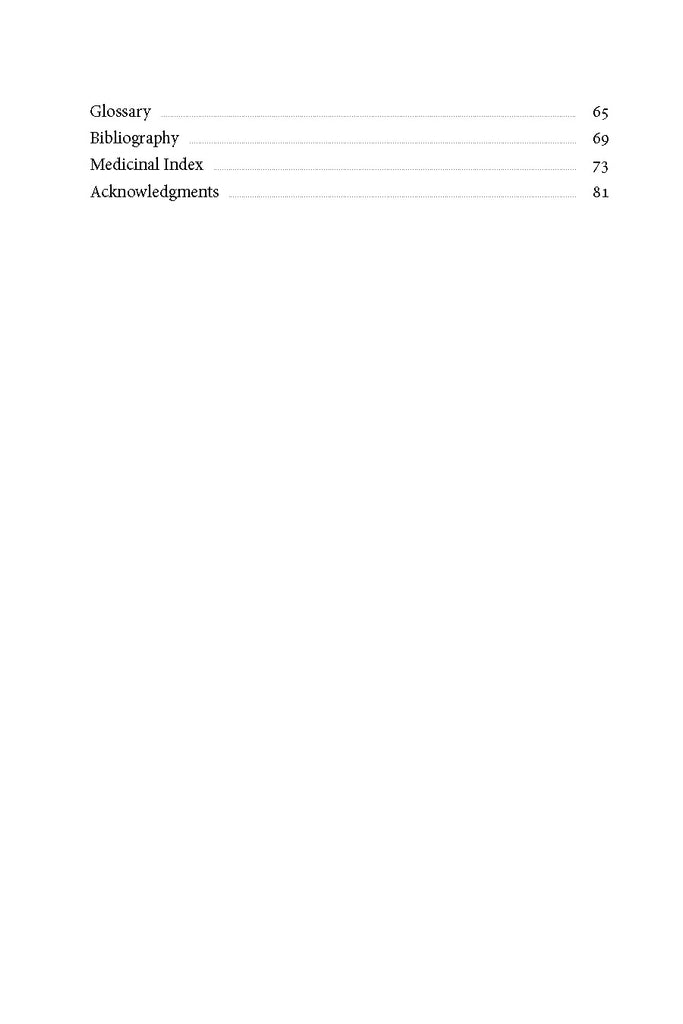
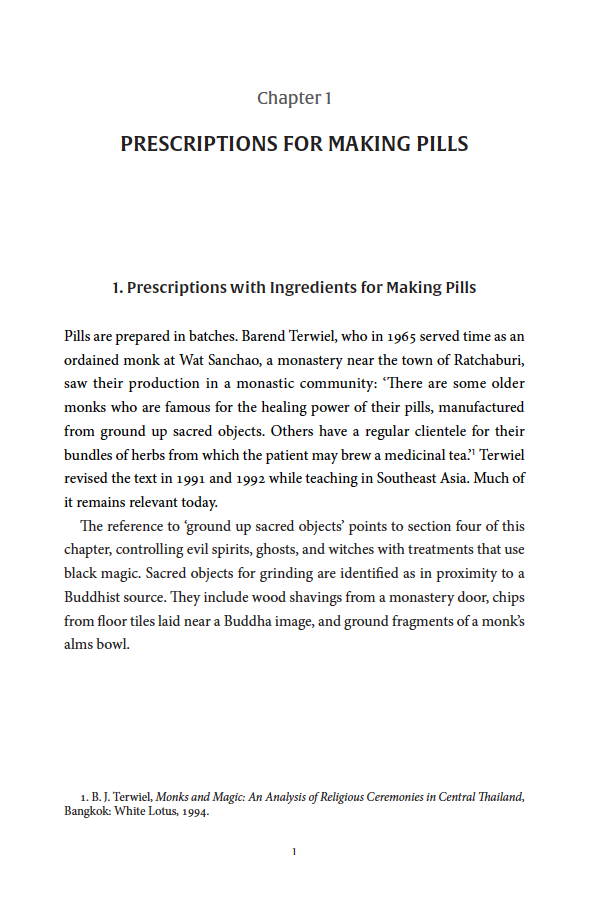
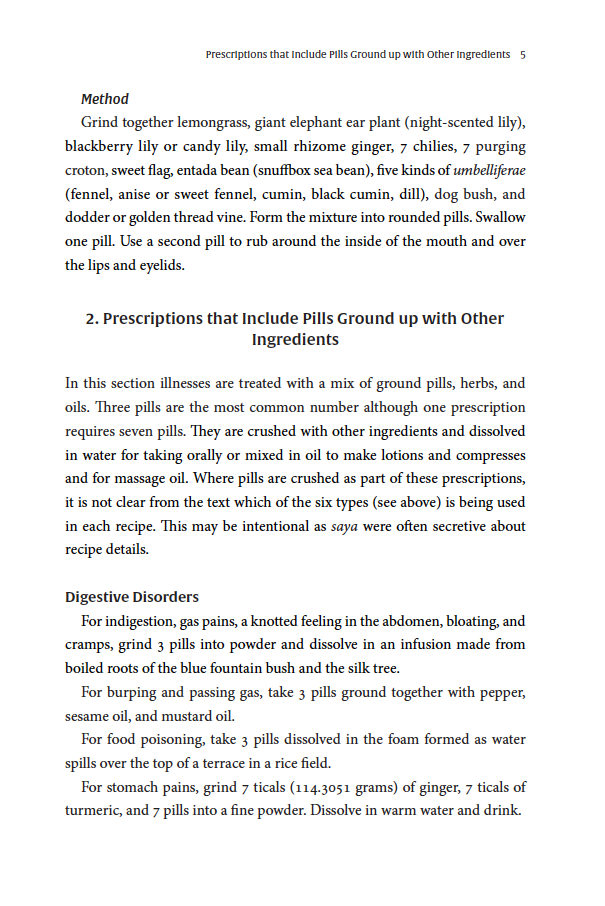
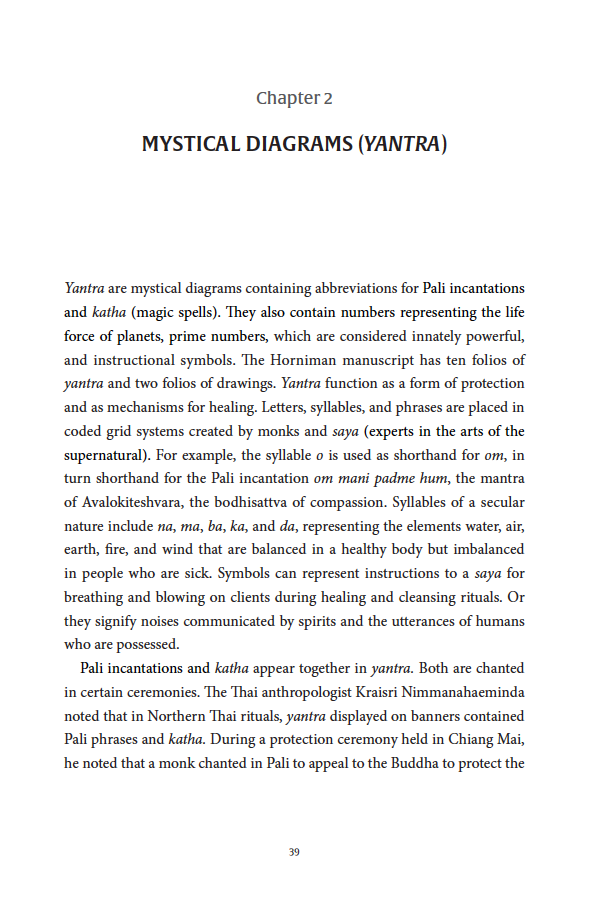
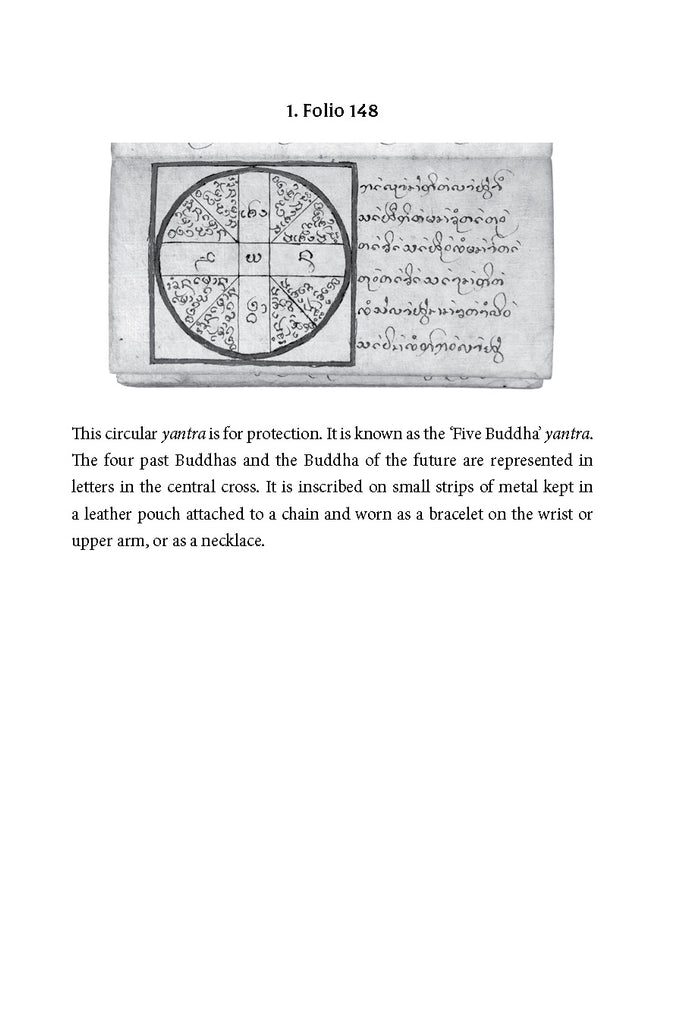
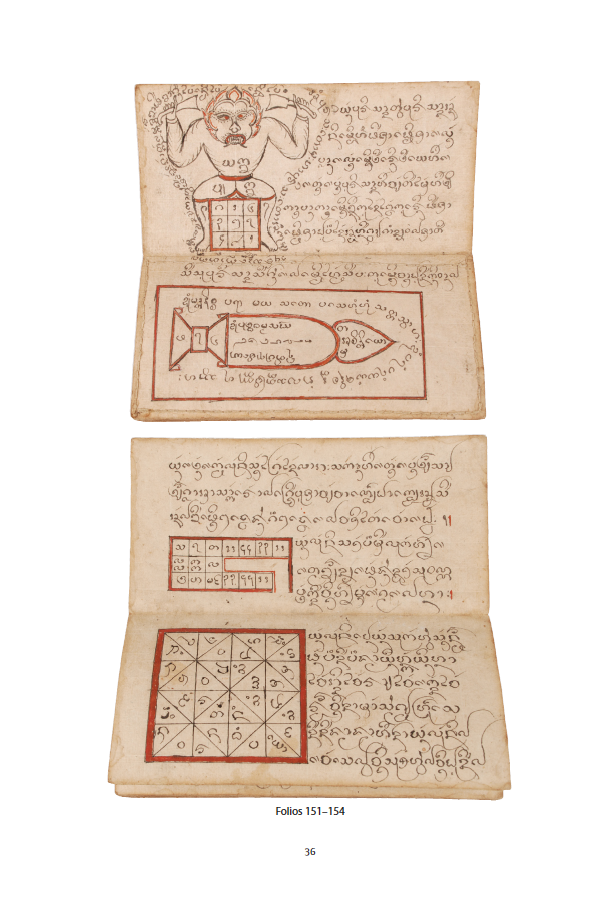
Share this item: